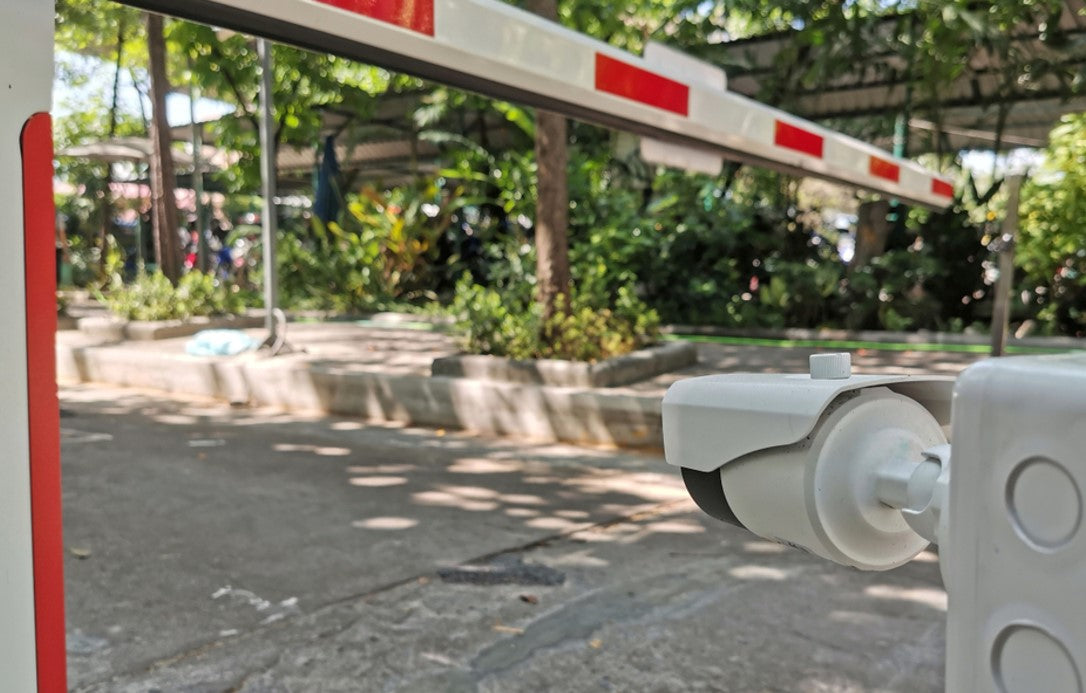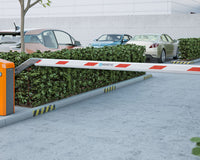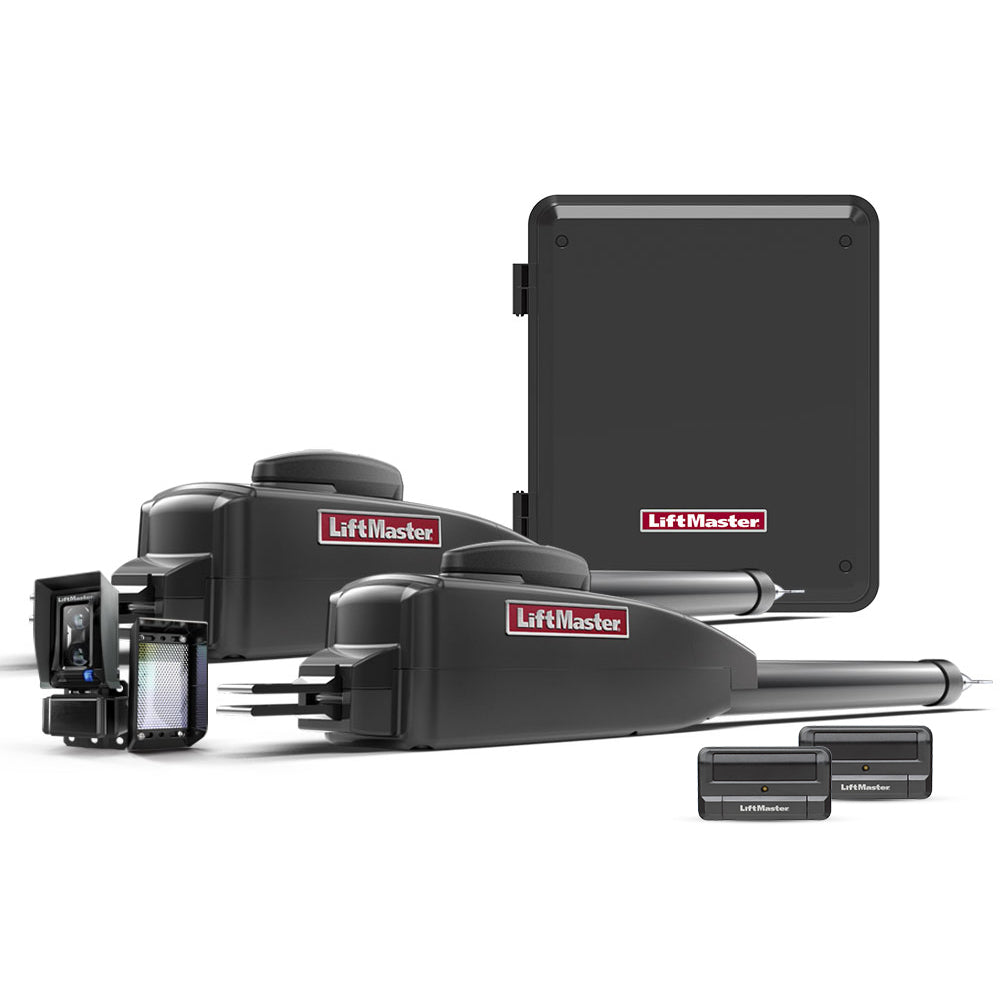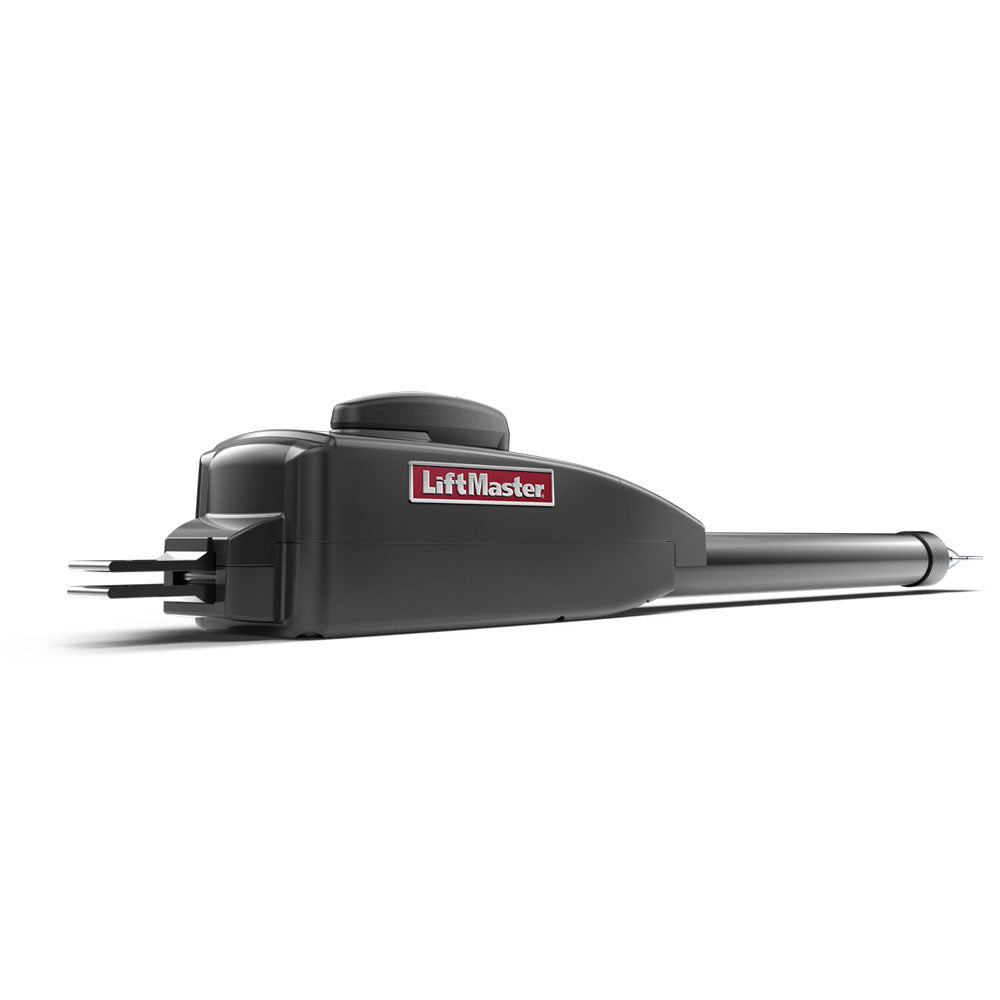Ever noticed how some gates automatically open up and let your vehicle through just as you approach them? Well, there is a detection loop to thank. This dedicated underground system senses the metal of your car and triggers an electromagnetic signal to the gate opener. And voila, you can enter or leave your property without getting out of the car.
But how does a detection loop work, and why is it crucial for gated properties? Let’s find out.
What Is a Detection Loop and How Does It Work?
A detection loop, also known as an inductive-loop detector, can detect vehicles arriving or passing by a certain point, for instance, approaching an entry point. It comprises inductive elements like lead-in cables and loop wires that work through electromagnetic communication.
When a vehicle or heavy metal object moves over the loop or stops over it, a vortex current is generated in the wire, decreasing the wire's inductance. The reduced inductance activates the electronic output relay, which signals the controller about the vehicle’s presence, ultimately causing the gate's opening.
Benefits of Detection Loop
A detection loop is a popular way of effectively operating automatic gate systems, such as those providing access to car parks, motorways, malls, and residential properties. This simple system can evaluate and monitor traffic flow, picking up anything from cars and trucks to vans and bikes.
Aside from being extremely flexible, it is also easy to install and maintain, further making it an ideal solution for all your safety needs. And since the main control board of the detection loop is hidden underneath concrete or tarmac, it can't be tampered with easily and hence, is a completely safe and secure option.
Aside from allowing the gates to open when needed, a detection loop also helps prevent the gates from closing early. When the car passes through, it breaks the circuit and tells the detector to remain open, stopping the gate from closing on the car.
You can also use your loop detector with a timer for additional convenience by allowing a certain amount of time before the gate closes.
Where to Position the Detection Loop
The proper location and positioning of the loop is the most important aspect of accurate and reliable vehicle detection. Vehicles entering the property should trigger the loop from a sufficient distance for the timely opening of the gate. For safety, the loop should be placed approximately three feet from the ground in both fully closed and open positions.
There has been an increase in the number of false detections or missed loop detection in recent years due to the improper position of the loop, particularly for high-bed vehicles like SUVs.
These missed detections can be attributed to the fact that these vehicles are tall and have a raised metal area farther away from the loop. This makes it difficult for the loop to detect the vehicle. Therefore, it is mandatory to ensure accurate loop positioning and the best way to ascertain this is by calling in an expert for the installation process.
Sensitivity of Detection Loop
The sensitivity of the detection loop is another critical parameter responsible for its proper operation. All loop detectors have sensitivity buttons that let you tweak the settings to get your desired response.
If the sensitivity is too low, the detector will not sense the vehicles and keep the gate closed, resulting in traffic obstruction. Similarly, if the sensitivity is set too high, it may lead to undesirable detections, such as those of surrounding metal objects or interferences between loops.
Types of Detection Loops
Here is a quick overview of all the different detection loops to better understand the system's versatility.
- Exit Loop: This detection loop automatically opens the gate when a vehicle drives over it. Additionally, it can hold a gate open as well as reverse a closing gate.
- Reverse Loop: As inferred by its name, a reverse loop reverses a closing gate on detecting a vehicle. However, if a vehicle drives over this detection loop while the gate is fully closed, the gate will not open, and nothing will happen.
- Shadow /Center/ Phantom Loop: The shadow loop is used on swing gates. On sensing a vehicle within the swing path, it opens the gate to allow the vehicle to pass through.
How to Choose the Right Detection Loop System for Your Facility
There is a huge variety of detection loop systems on the market. Keep these features in mind before picking the best one for your facility:
Traffic Flow
Are you looking to use your loop detector in your home with just a few passing cars, or do you want a system for a commercial property with fleets of moving vehicles? Some detection loop systems work better than others when it comes to fleet management. So, make sure to find a well-integrated system that will simplify the management of high traffic areas.
Scalability
The last thing you want is to replace your detection loop just years after its initial installation. Hence, try to get a scalable unit that will work just as effectively in case you expand your facility in the future.
Additional Security Features
Use a model with enhanced security features to get the most out of your vehicle detection loop. A few such features that you should look out for regarding loop detection are:
- Surge protection to protect against voltage fluctuations
- Sensitivity Boost for high-bed vehicles
- RFI display for easy identification of interference problems
- Automatic sensitivity and frequency adjustments
- Fail-secure in the event of a power loss
- Fail-safe in the event of a loop failure
- Diagnostic and test feature
Conclusion
Effective detection loops are an integral part of any automatic security gate system. It signals the gate to open and prevents it from closing while a vehicle passes through.
So, what are you waiting for? Browse our extensive collection right now or contact our experts to get the best solution for your needs.












